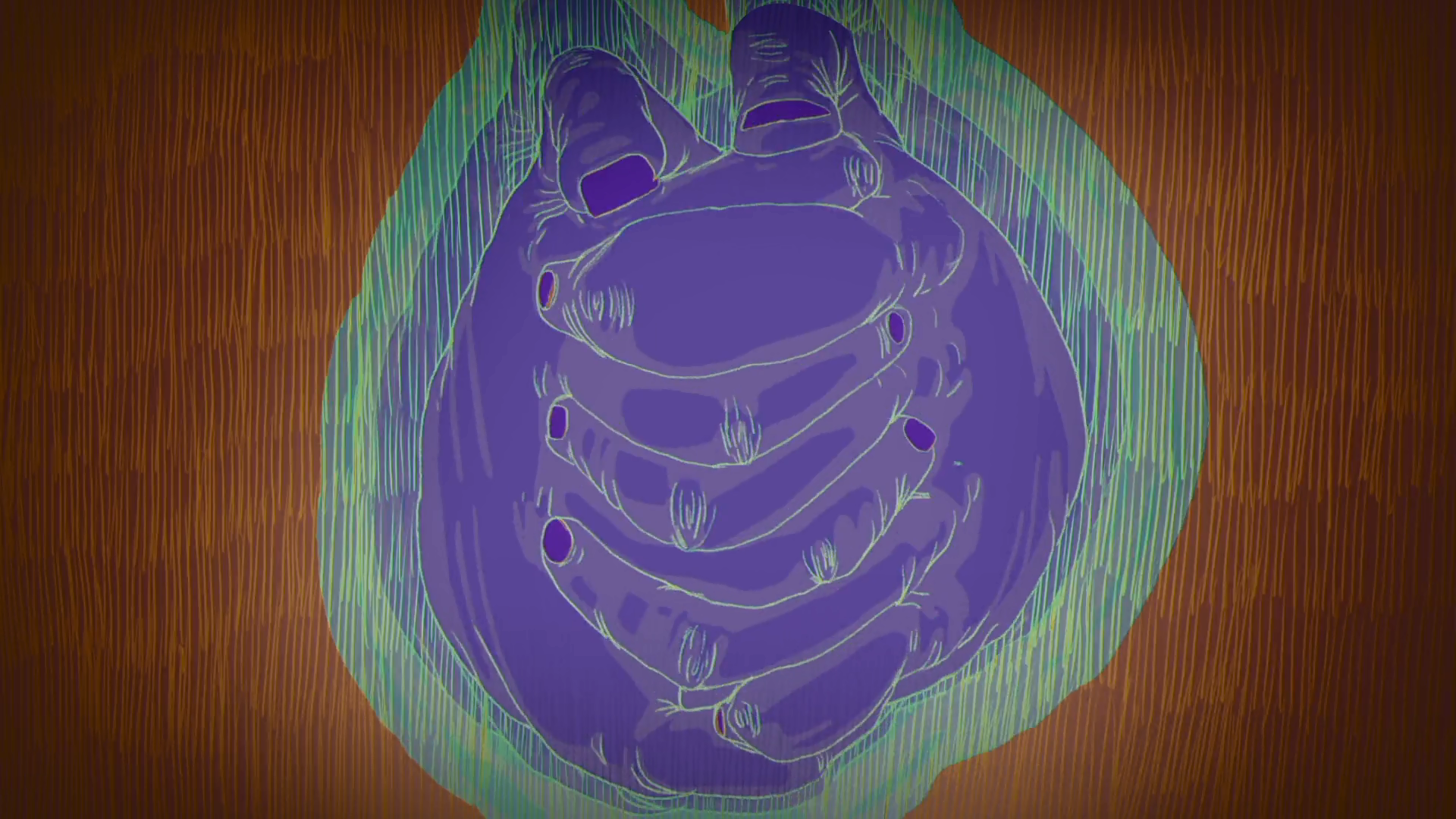Parked
Directed by YOON HEI CHO
United States of America, 2021
Experimental
The melting point of a panic attack.
Read our interview with Yoon below to learn more about the film.
YOON HEI CHO
Learn More
Est. Reading Time: 3 Minutes
On Catharsis
MARK (M) Really interesting point about the cathartic aspect of melting things. Why do you think it’s satisfying to make and watch things melt?
YOON (Y) I think the amusing point of making things visually melt is mostly an intuitive thing. I think the act of creation, forming an object is just as interesting as seeing things dismantle and deform. This is not only to me but I assume humankind as a whole. So to create and form a film where things dismantle creates a cathartic experience for me as the maker and hopefully to the audience as well.
For this particular film, the deformation connects deeply with the unstable and uncomfortable feeling of the panic attack experience. It is used as a tool of communication to visually show the internal struggle of the main character. As the creator I do think it could be connected to the expression of these emotions, so expressing them externally and visually might help relieve internal pain.
On Sound Design
M I would love to know more about your sound design approach and process - what types of sounds did you experiment with and use throughout the process? And how did you blend realistic and stylistic sounds to emphasize the main character’s inner pain and struggle?
Y Sound design was done by Brian Griffith, another CalArts Alum who majored in experimental sounds. Here is his response to the question:
BRIAN My approach to the sound was holistic and inspired by the visuals - we're moving between two different states that occupy the same dimension. I wanted to have a nice combination between organic and synthesized sounds, so I started with creating the visceral sounds of the ooze and goo and then moved to the synthesized, musical elements. I started experimenting with different techniques and eventually found a weird digital gong/ear-ringing sound that I felt worked - the synthesized elements are meant to be harsh at first. As we move through the animation, there is an eventual calming and acceptance that materializes as a warmer, gentler sound bed.
All of the sound effects were created with several layers of different objects warped in speed or pitch to create something similar, but slightly off. To achieve the blend, I worked in layers that balanced out the sounds - after doing synthesized textures, I would add organic textures and continue back-and-forth to not privilege one over the other.
On Process & Discovery
M In making and finishing the film, what did you discover and learn that you might adopt or further explore in future projects?
Y The pandemic hit when I was developing this film so I was not able to work at our school computer labs nor meet professors in person for discussion. During this time, I was able to set up my own little studio that fits my way of working at home. So this method of remote working seems to be useful and I am still working with it right now for my thesis film.
Mark’s Final Thoughts
I missed the trend of 'oddly satisfying' videos so I haven't thought about their connection to mental health and relaxation. But I understand how watching things deform and melt can feel soothing and meditative, particularly in slow-motion. I think it's partly related to our interest in horror and macabre - it’s a unique way of processing our fears and strange thoughts.
Great to get a little more insight into the film’s sound design - incorporating organic and synthesized sounds was a smart choice because it reflects the simultaneous confliction of familiarity and unfamiliarity within depersonalization and panic.
The founder of Hommage, Mark Shaba published this interview on 19.04.2022. Mark is a filmmaker from Victoria, Australia. He respectfully acknowledges the past and present traditional owners of the land on which he creates, promotes and screens art, the Wurundjeri people of the Kulin nation who are the custodians.


















